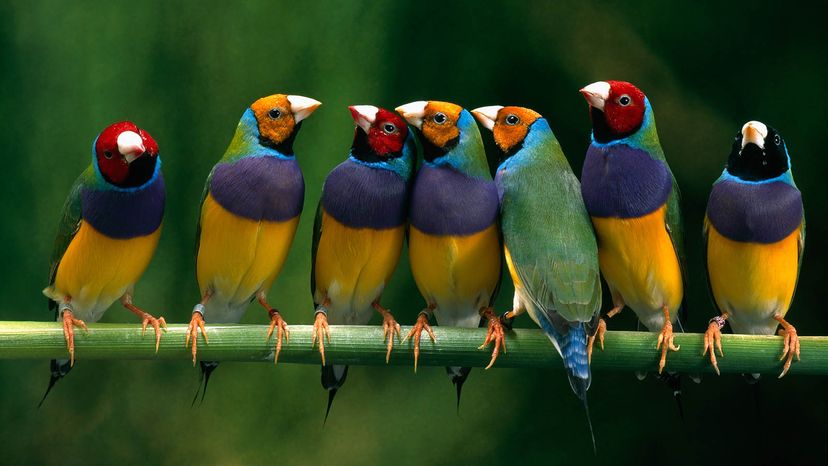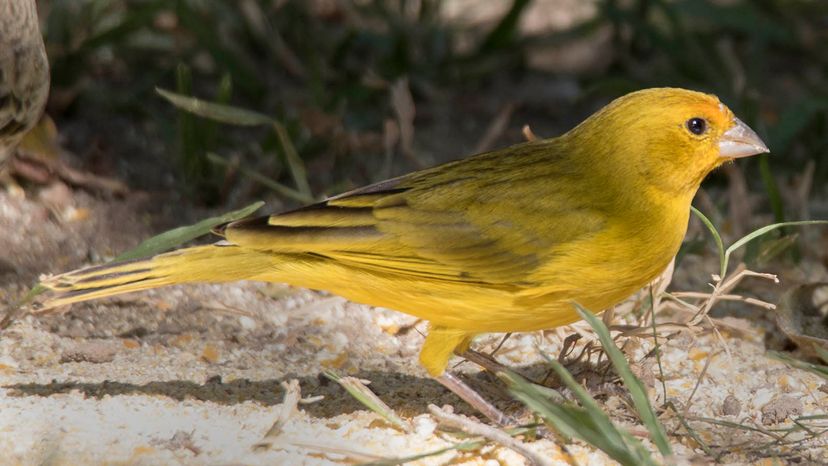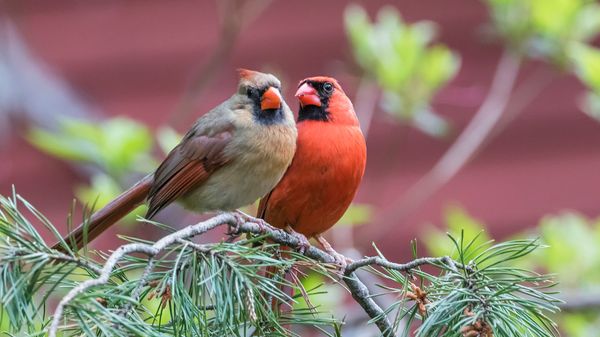
Every morning when the weather is nice, a flock of finches gathers noisily in the shrubs near my front porch. They are lovely and cheerful, and pleasant to watch as they flitter from branch to branch, but would these finches — or their domesticated counterparts — make wonderful pets?
The answer, says experts, depends largely on you.
Advertisement
"What you should not do," says Laurie Hess, a New York state-based bird specialist and exotic animal veterinarian, "is walk into a pet store, see that beautiful bird with all those phenomenal colors and, on impulse, just take it home with you."
Hess, who has created a series of videos about bird care, adds that "birds require a lot of care, a lot of preparation and a lot of thought before you spend money to get that bird. It's not just what you're going to do on that day, it's the future preparations that you have to make."
Advertisement



